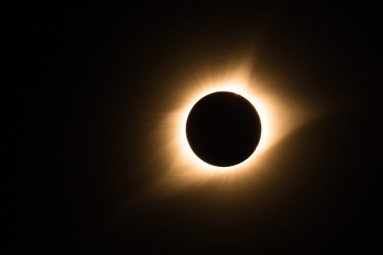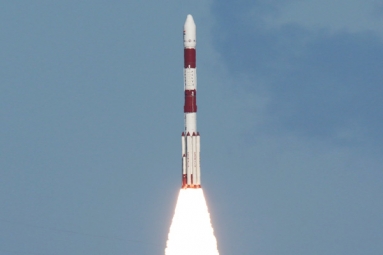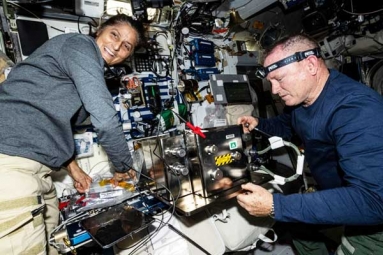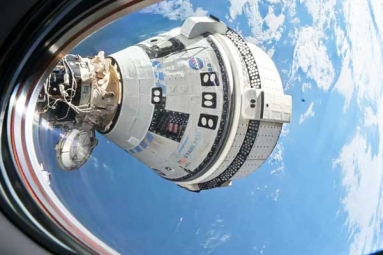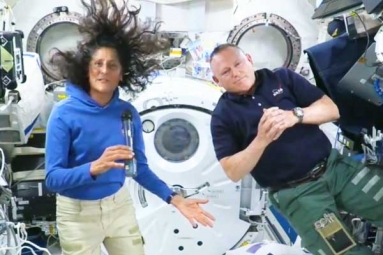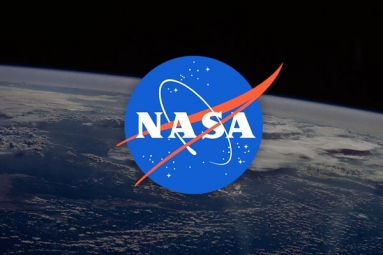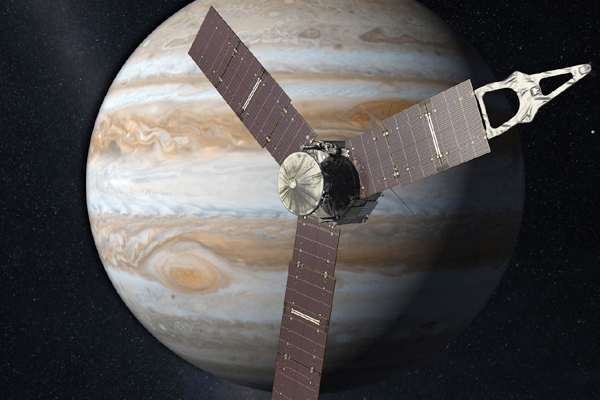
The US space agency NASA’s Juno spacecraft is almost set to make its third Jupiter flyby while it will make closest approach to the largest planet around 9:04 AM PST (12:04 PM EST, 17:04 UTC) on December 11. The spacecraft moves at 2,580 miles (4,150 kilometers) during the flyby. It will use its seven out of eight instruments to collect all the data.
The principal investigator of Juno from the Southwest Research Institute, Scott Bolton said, “This will be the first time we are planning to operate the full Juno capability to investigate Jupiter’s interior structure via its gravity field. We are looking forward to what Jupiter’s gravity may reveal about the gas giant’s past and its future.”
Mission managers have decided that they will collect data with the Jovian Infrared Auroral Mapper (JIRAM) instrument during the December flyby, which may allow the team to complete an update to the spacecraft software that processes JIRAM’s science data. A software patch allowing JIRAM’s operation has been expected to be available prior to the next perijove pass (PJ4) on February 2, 2017.
The spacecraft team will continue to weigh its options to modify Juno’s orbital period, for example, how long it takes for the spacecraft to complete one orbit around Jupiter. Presently, Juno’s orbital period is 53.4 days. There are many plans to perform a period adjustment maneuver with the spacecraft’s main engine on Oct. 19 , that can reduce the orbital period to 14 days. The team has taken the decision to forgo the maneuver in an effort to study the performance of a set of valves.
By Prakriti Neogi



